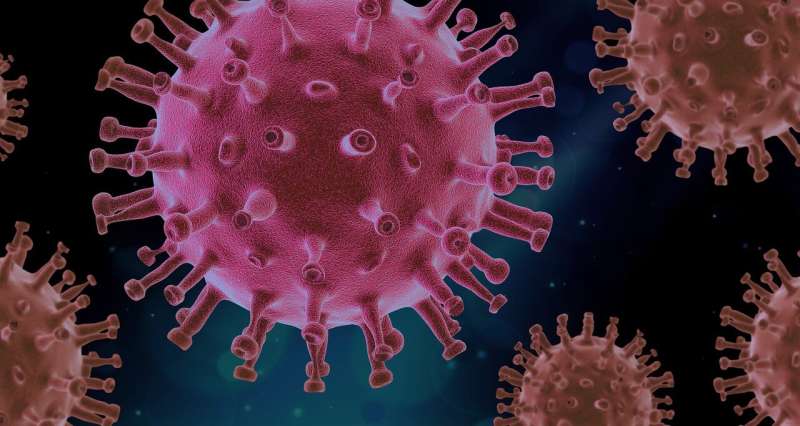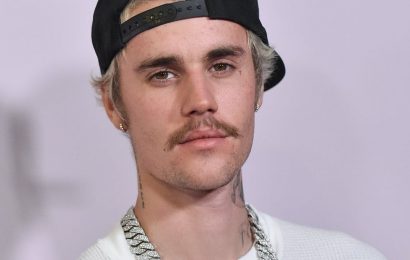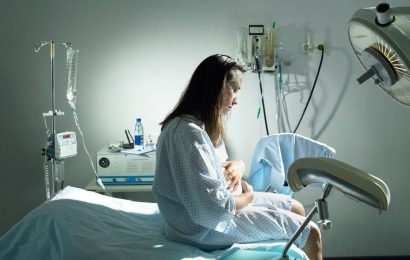
US pharmaceutical giant Merck has vowed to avoid the pitfalls of the global COVID vaccine rollout by ensuring its new anti-coronavirus pill is made available in wealthy and poor countries at almost the same time.
Paul Schaper, the company’s executive director of global public policy, told AFP that Merck began working on its access strategy from July 2020, long before the efficacy results of the drug it developed with Ridgeback Biotherapeutics were announced in October 2021.
The United Kingdom last week became the first country to authorize molnupiravir. In a clinical trial, the antiviral was shown to cut COVID hospitalizations by 50 percent in among newly infected people, and also prevented 100 percent of deaths.
“We started developing our supply chain very early on,” he said, with the company projecting it will have 10 million courses ready by the end of this year and at least double that figure in 2022.
These, he said, would be priced according to a tiered framework that is based on a country’s ability to pay, as defined by World Bank data.
Beyond its own supply, Merck, known as MSD outside the US and Canada, struck deals with eight licensed generic partners in India, and has signed a voluntary licensing agreement with the UN-backed Medicines Patent Pool to facilitate access in 105 countries.
On top of that, The Bill and Melinda Gates Foundation last month announced an investment of up to $120 million in an effort to speed access to lower-income countries through a “volume agreement” that ensures supply of drug ingredients.
“In first quarter, in second quarter of 2022, we will have a significant amount of product from Merck available in low and middle income countries,” Schaper added, without speculating on a combined total between the various strands.
“We have a really good chance of having really much more equitable access to this medicine than we’ve seen to date in the COVID response,” he said, adding it was possible to reach low-, middle- and high-income countries “at roughly the same time.”
The rollout of COVID vaccines, by contrast, has been highly inequitable, with high income countries hoarding supply since rollout began in December 2020.
While 51 percent of the world has now received one or more doses, that figure plunges to four percent of low-income countries, and three percent for the continent of Africa.
On the other end of the scale, the United Arab Emirates has fully vaccinated 88 percent of its nearly 10 million people.
While vaccines remain the “cornerstone” of the pandemic responses, “there’s going to be a need for therapeutics, and that’s probably an even greater need in areas where you have a lower percent of populations that are vaccinated,” said Schaper.
Molnupivir, as a small molecule, has the advantages of not requiring cold-storage like messenger RNA vaccines.
Pfizer has also announced promising results for its oral COVID pill, paxlovid, and expects to produce 180,000 courses this year, and at least 50 million next year.
Source: Read Full Article


